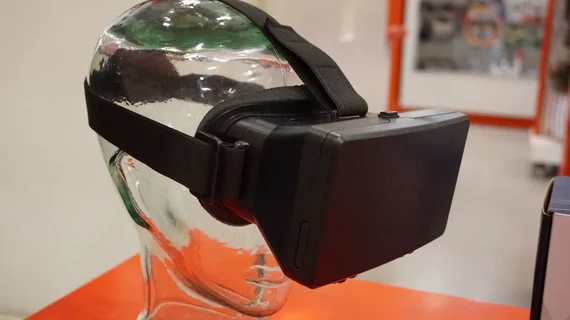How VR can make a significant impact on stroke survivors
Virtual reality (VR) can help stroke survivors comply with home-based therapy and exercise programs, according to new research published in the Archives of Physical Medicine and Rehabilitation. Multi-user (MU) VR sessions were found to be more effective than single-user (SU) VR sessions.
Access to traditional therapy can be limited to some patients, explained lead author Kelly O. Thielbar, Shirley Ryan AbilityLab in Chicago, and colleagues. Reasons for this limited access include financial pressures, a scarcity of trained therapists and required travel that is inconvenient for the patient.
“Functional declines seen following discharge from inpatient rehabilitation are undoubtedly exacerbated by this limited access to clinical therapy,” the authors wrote. “Home-based therapy could potentially improve treatment availability and accessibility. However, compliance rates for conventional home-based treatment, or home exercise programs, have been mixed.”
A total of 20 patients with chronic upper extremity hemiparesis related to a stroke who were treated from January 2017 to February 2018 participated in the team’s research. The participants went through four weeks of in-home treatment using both MU and SU versions of the Virtual Environment for Rehabilitative Gaming Exercises (VERGE) VR system. While one randomly selected group of 20 participants went through two weeks of MU sessions first, the other group went through two weeks of SU sessions first.
Overall, compliance with the recommended home-based therapy regimen was “quite high,” even among patients with “limited experience with computers.” Ninety-four percent of training sessions were completed, including 99% of all MU sessions and 89% for SU sessions. Participants spent more time training during MU sessions than SU sessions. In addition, participants who went through the MU sessions first—as opposed to beginning with the SU sessions—exhibited “less variation” from one session to the next.
All participants saw “significant” improvements in their Fugl-Meyer Upper-Extremity scores, the authors added.
Thielbar et al. also noted that these findings may be useful for areas outside of home-based therapy for stroke survivors.
“While this study was undertaken with stroke survivors with chronic impairment, this system could also be employed to ease transitions from clinical care to home therapy by first introducing the system within the clinic before sending it home with the client,” the researchers concluded. “In this manner, quality clinical care, important for improved functional outcomes, could be extended into the home.”

